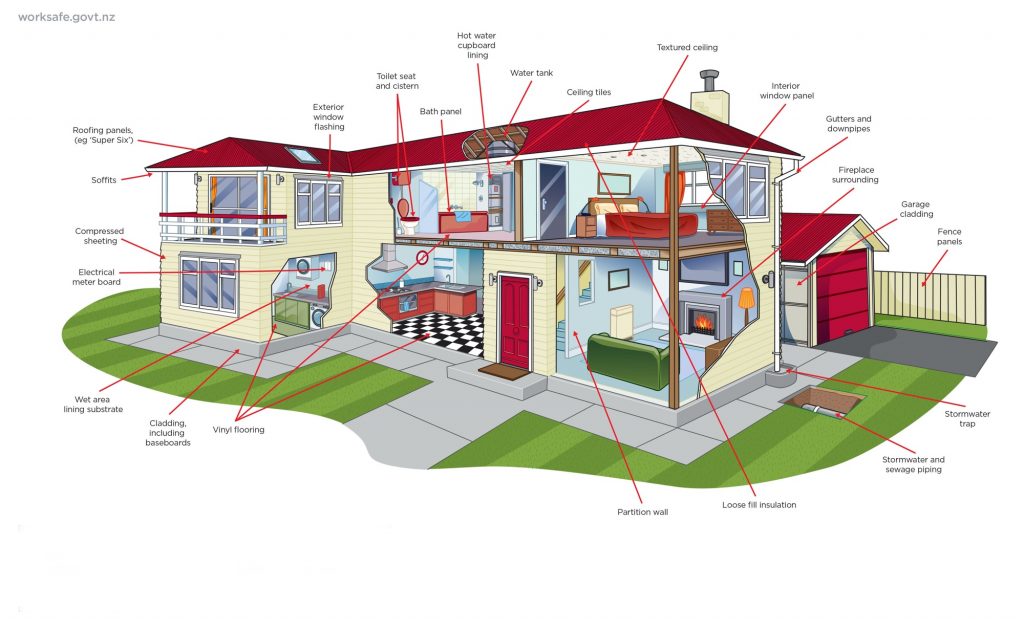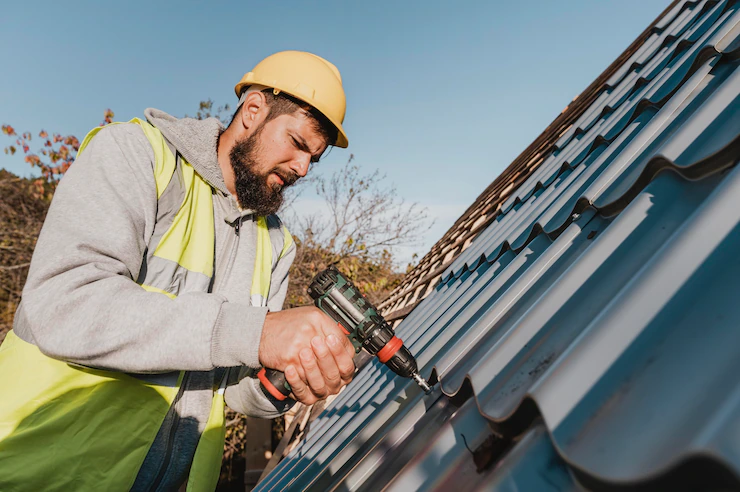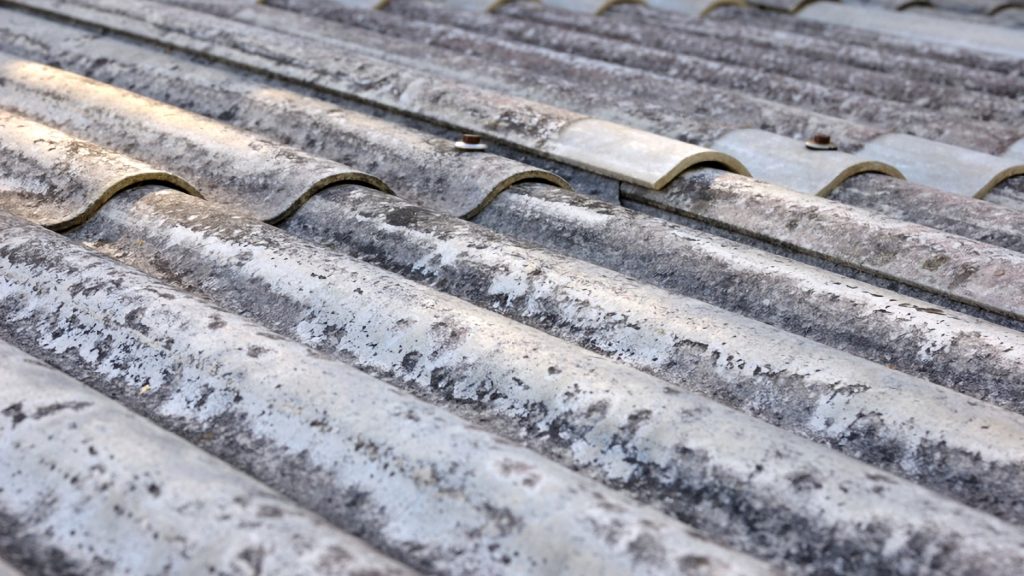Key points
- Inhaling asbestos fibres may cause asbestos-related disease and death.
- Houses built before 1990 are likely to contain asbestos cement products.
- The health risk of undisturbed asbestos cement products in the home is very low.
- Householders should engage experienced and licensed professionals to undertake home renovations and asbestos removal.
Asbestos is a health risk
The human health effects from exposure to asbestos are well documented. The risk of developing asbestos-related disease, like lung cancer, from asbestos exposure is associated with the level and duration of exposure, length of time since first exposure, the fibre type, and concurrent exposure to tobacco smoke and other carcinogens. Not all factors are well understood, and we do not yet know why some people develop an asbestos-related disease and others do not; however, the risk increases with the exposure to asbestos fibres.
Your house may contain asbestos
Have you considered asbestos when planning work in your home? Houses built, or that had work done, between 1950 and 2000 are quite likely to contain asbestos.
- before the mid-1980s: it is highly likely that it has asbestos-containing products
- between the mid-1980s and 1990: it is likely that it has asbestos- containing products
- after 1990: it is unlikely that it has asbestos-containing products.
Asbestos-containing products used in houses
Asbestos-containing products can be found in lots of place in the home. You might find it in vinyl flooring, interior and exterior wall cladding and soffits, fences, texture coatings, fireplaces, stoves, hot water cupboards, electrical switchboards, roofs, guttering and downpipes.

Bonded asbestos products
The vast majority of asbestos-containing products used in houses were bonded asbestos cement materials, including:
- roofing
- shingles and siding (villaboard and similar)
- exterior and interior wall cladding
- eaves
- fencing
- thermal boards around fireplaces
- water or flue pipes.
Friable asbestos products
Some friable asbestos products may also be found in houses, including:
- asbestos-rope door gaskets in wood stoves
- loose fill roofing insulation (not common)
- spray-on insulation or soundproofing
- low-density asbestos fibre board
- insulation on hot-water pipes, domestic heaters and stoves (e.g. lagging)
- backing material on floor tiles and vinyl flooring
- carpet underlay (not common; see page 23)
- textured paints, decorative ceiling coatings
- heat-resistant fabrics
- brick and plaster sealants, fillers and some adhesive products
- hail or fire damaged, or badly weathered asbestos cement materials.
When you are planning work
If you are unsure whether your house contains asbestos materials, it is better to treat any suspect material as though it does contain asbestos. It is not possible to find out whether a material contains asbestos simply by looking at it. If you are doing work that requires planning permission, there’s a good chance the works will require a demolition or refurbishment survey to search for asbestos. Your contractor has a legislated requirement to ensure asbestos is identified and removed before any work that may disturb the asbestos begins in your home. This is to protect you and your family.
Your contractor should require a demolition or refurbishment survey before they commence work. This is an intrusive survey which may need to penetrate parts of the building. The survey should be limited to the area of work. Depending on the size of the job it might be safer if you are not living in the house when the survey is done.
If asbestos is identified, it must be removed before refurbishment work can continue. If it is only a small amount of asbestos then your contractor may be able to remove it. If the area of removal work is greater than 10 square metres it must be done by a licenced removal company. A licenced company has the skills and training to keep your family safe.



